Bradley Byrne: Good economic news
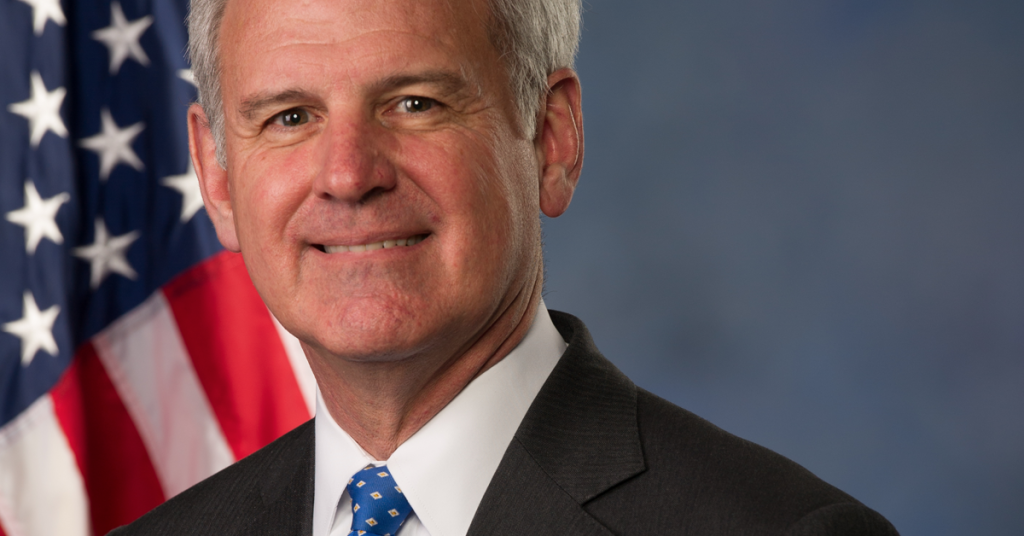
Bradley Byrne sees light at the end of the tunnel after the economic shut down due to the ongoing pandemic.
New study reveals immigration fails to benefit Alabama economy

The economic impact of immigrants entering the United States benefits Alabama very little, according to a recently released analysis from the personal-finance website WalletHub. With immigration reform remaining one of the biggest policy issues in 2020, WalletHub recently released its report on 2020’s Economic Impact of Immigration by State and found Alabama ranks 40th, out of 50 states, in terms of how much immigration benefits the state’s economy. In their study, WalletHub analysts compared the economic impact of foreign-born populations on the 50 states and the District of Columbia. They determined which states benefit the most — and least — from immigration using 23 key indicators across four key dimensions: 1) Immigrant Workforce, 2) Socioeconomic Contribution, 3) Brain Gain & Innovators and 4) International Students. Here’s how Alabama compares to the rest of the country: Source: WalletHub The top three states where immigrants had the greatest economic impact were New York, Connecticut and New Jersey. Meanwhile, Idaho, Wyoming and Mississippi had the very least benefit.
Dan Sutter: So You Want to Start a Business?

Dan Sutter discusses conditions that are conducive to starting a business.
Donald Trump lauds US economy at Davos forum, slams impeachment

Donald Trump praised the US economy at the World Economic Forum in Switzerland as his impeachment trial proceeded back in Washington.
White House insists fundamentals of U.S. economy ‘very strong’

The “fundamentals” of the U.S. economy are solid, the White House asserted, invoking an ill-fated political declaration of a decade ago amid mounting concern that a recession could imperil President Donald Trump’s reelection. Exhibiting no such concern, senior adviser Kellyanne Conway declared to reporters on Monday, “The fact is, the fundamentals of our economy are very strong.” It’s a phrase with a history. Republican John McCain was accused of being out of touch when he made a similar declaration during the 2008 presidential campaign just hours before investment bank Lehman Brothers filed for bankruptcy, setting off a stock market crash and global financial decline. A case can be made for the White House position. The U.S. job market is setting records for low unemployment, and the economy has continued uninterrupted growth since Trump took office. But growth is slowing, stock markets have swung wildly in recent weeks on recession fears, and indicators in the housing and manufacturing sectors have given economists pause. A new survey Monday showed a big majority of economists expecting a downturn to hit by 2021 at the latest, according to a report from the National Association of Business Economics. Trump begs to disagree. “We’re doing tremendously well. Our consumers are rich. I gave a tremendous tax cut and they’re loaded up with money,” Trump said on Sunday. “I don’t think we’re having a recession.” Still, the Republican president took to Twitter on Monday to urge the Federal Reserve to stimulate the economy by cutting interest rates and returning to “quantitative easing” of its monetary policy, an indication of deep anxiety beneath his administration’s bravado. And he backtracked last week on taking the next step in escalating in his trade war with China, concerned that new tariffs on consumer goods could hamper the critical holiday shopping season. White House aides and campaign advisers have been monitoring the recent turbulence in the financial markets and troubling indicators at home and around the world with concern for Trump’s 2020 chances. Any administration has to walk a fine line between reflecting the realities of the global financial situation and adopting its historical role as a cheerleader for the American economy. For Trump, striking that balance may be even more difficult than for most. For decades, economic performance has proven to be a critical component of presidential job approval, and no American leader so much as Trump has tied his political fortunes to it. The celebrity businessman was elected in 2016 promising to reduce unemployment — a task at which he has succeeded — and to bring about historic GDP growth, where he has had less success. The situation today isn’t nearly as dire as in September 2008, when the U.S. and the world were heading into the Great Recession. There are no waves of home foreclosures, no spike in layoffs, no market meltdowns and no government rescues to save powerful banks and financial companies in order to contain the damage. What does exist is a heightened sense of risk about the economy’s path amid slowing global growth and the volatility caused by the trade dispute between the United States and China. There are other reasons as well for the administration’s rosy pronouncements, said Tony Fratto, a former Treasury Department spokesman in the Bush administration during the onset of the financial crisis. He said he sympathized with the Trump administration for having to choose between answering “honestly or responsibly” or otherwise about the state of the economy, noting that any hint of concern “could be self-fulfilling.” “So much of the story of the economy is how people feel about it,” said Lanhee Chen, a Hoover Institution fellow and former economic adviser to 2012 GOP nominee Mitt Romney. “And that’s an inherently a difficult thing to measure.” Highlighting a disconnect between the nation’s broad economic indicators and the “personal economies” of voters in swing states is a priority for Democratic candidates and outside groups heading into 2020. Trump’s advisers acknowledge there are few tools at his disposal to avert a slowdown or recession if one materializes: Internal concerns over a ballooning federal deficit, in part due to the president’s 2017 tax law, are stifling talk of stimulus spending, and skepticism abounds over the chances of passing anything through a polarized Congress ahead of the election. But that hasn’t stopped the White House from exploring ways to make the political cost less painful. Seeking to get ahead of a potential slowdown, Trump has been casting blame on the Federal Reserve, China and now Democrats, claiming political foes are “trying to ‘will’ the Economy to be bad for purposes of the 2020 Election.” If the Federal Reserve would reduce rates and loosen its grip on the money supply “over a fairly short period of time,” he tweeted, “our Economy would be even better, and the World Economy would be greatly and quickly enhanced – good for everyone!” Those actions he’s talking about are the sort a central bank would traditionally take to deal with or try to stave off a slowdown or full-blown recession. Strong fundamentals? A lot depends on which ones the administration highlights or ignores in public comments. Conway and other Trump aides have accurately described the rising retail sales and the solid labor market with its 3.7 percent unemployment rate as sources of strength. Yet factory output and home sales are declining, while business investment has been restricted because of uncertainties from Trump ratcheting up the China trade tension. Even if the economy avoids a recession, economists still expect growth to weaken.Federal Reserve officials estimate that the gross domestic product will slow to roughly 2 percent this year, down from 2.5 percent last year. During his presidential campaign, Trump had boasted he would achieve long-term growth of 4 percent, 5 percent or more. By Zeke Miller and Josh Boak Associated Press AP Business Writer Marcy Gordon contributed. Republished with the permission of the Associated Press.
Donald Trump ties U.S. success to 2nd term: ‘You have to vote for me’
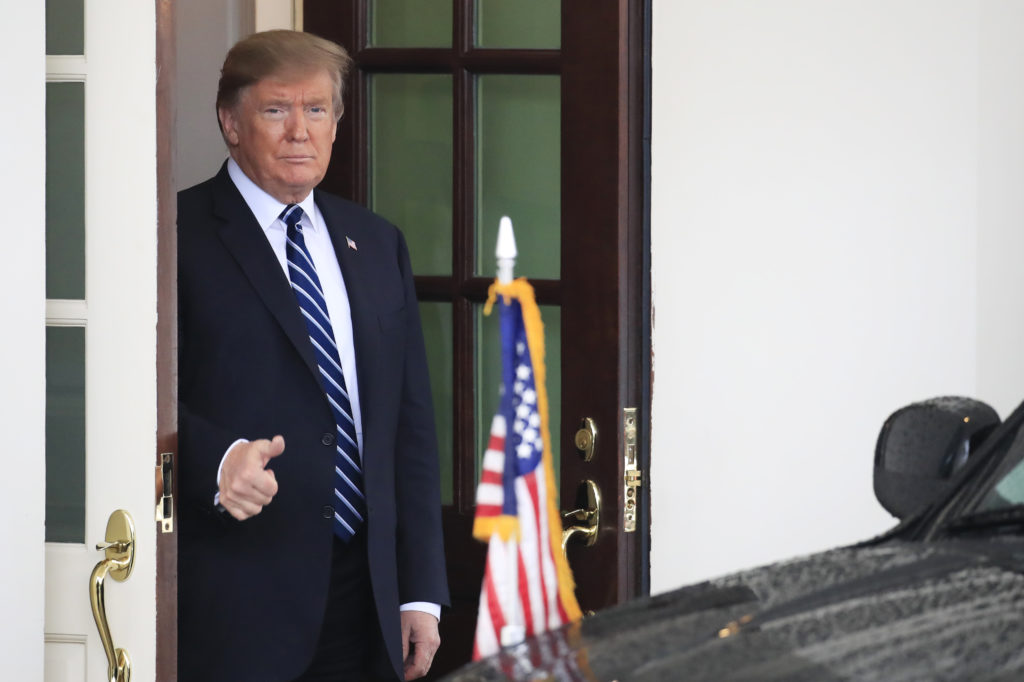
President Donald Trump sought to reassure his supporters about the state of the U.S. economy despite the stock market volatility and told rallygoers in New Hampshire, a state that he hopes to capture in 2020, that their financial security depends on his reelection. “Whether you love me or hate me you have to vote for me,” Trump said. Speaking to a boisterous crowd at Southern New Hampshire University Arena, Trump dismissed the heightened fears about the U.S. economy and a 3 percent drop Wednesday in the Dow Jones Industrial Average, which was fueled by a slowing global economy and a development in the bond market that has predicted previous recessions. Avoiding an economic slump is critical to Trump’s reelection hopes. “The United States right now has the hottest economy anywhere in the world,” Trump said. Trump, who reached the White House by promising to bring about a historic economic boom, claimed, as he often does, that the markets would have crashed if he had lost his 2016 bid for the presidency. And he warned that if he is defeated in 2020, Americans’ 401(k) retirement accounts will go “down the tubes.” The Republican president also defended his tactics on trade with China. He has imposed 25 percent tariffs on $250 billion of imports from China and has threatened to hit the remaining $300 billion worth of Chinese imports with 10 percent tariffs. He has delayed that increase on about half of those items to avoid raising prices for U.S. holiday shoppers. He said China wants to make a trade deal with the U.S. because it’s costing the country millions of jobs, but he claimed that the U.S. doesn’t need to be in a hurry. “I don’t think we’re ready to make a deal,” Trump said. Trump’s rally was the first since mass shootings in El Paso, Texas, and Dayton, Ohio, killed 31 people and wounded dozens more. The shootings have reignited calls for Congress to take immediate action to reduce gun violence. Trump said the U.S. can’t make it more difficult for law-abiding citizens to protect themselves, but he advocated for expanding the number of facilities to house the mentally ill without saying how he would pay for it. “We will be taking mentally deranged and dangerous people off of the streets so we won’t have to worry so much about them,” Trump said. “We don’t have those institutions anymore, and people can’t get proper care. There are seriously ill people and they’re on the streets.” Along with discussion of the economy and guns, Trump hit a number of other topics, accusing the European Union of being “worse than China, just smaller”; bragging about his 2016 electoral victories in Wisconsin, Michigan and Pennsylvania; and calling it a “disgrace” that people were throwing water on police officers in New York. The rally was interrupted about a half an hour in by a handful of protesters near the rafters of the arena. As the protesters were being led out, a Trump supporter wearing a “Trump 2020” shirt near them began enthusiastically shaking his fist in a sign of support for the president. But Trump mistook him for one of the protesters and said to the crowd: “That guy’s got a serious weight problem. Go home. Start exercising. Get him out of here, please.”After a pause, he added, “Got a bigger problem than I do.” New Hampshire, which gave Trump his first GOP primary victory but favored Hillary Clinton in the 2016 general election, is doing well economically, at least when using broad measures. But beneath the top-line data are clear signs that the prosperity is being unevenly shared, and when the tumult of the Trump presidency is added to the mix, the state’s flinty voters may not be receptive to his appeals. An August University of New Hampshire Survey Center poll found that 42 percent of New Hampshire adults approve of Trump while 53 percent disapprove. The poll also showed that 49 percent approve of Trump’s handling of the economy and 44 percent disapprove. Some Democratic presidential campaigns are holding events to capitalize on Trump’s trip. Joe Biden’s campaign set up down the street from the arena to talk to voters and enlist volunteers. A group for Pete Buttigieg’s campaign gathered in nearby Concord to call voters about his support for new gun safety laws. And Cory Booker urged Trump to cancel the speech and instead order Congress to take immediate action to prevent gun violence. At 2.4 percent, New Hampshire’s seasonally adjusted unemployment rate for May was among the lowest in the nation. But wage growth is significantly below national gains. Average hourly earnings rose a scant 1 percent in New Hampshire in 2018, lagging the 3 percent gain nationwide, according to the Bureau of Labor Statistics. In other ways, like the home ownership rate — first in the nation — and median household income — seventh in the U.S. — the state is thriving, according to census data. New Hampshire’s four Electoral College votes are far below that of key swing states like Florida, Wisconsin and Michigan, but its influence can prove powerful in close election years like 2000, when George W. Bush’s victory in the state gave him the edge needed to win the White House. By Kevin Freking Associated Press AP Economics Writer Josh Boak and AP Polling Editor Emily Swanson in Washington and Associated Press writer Hunter Woodall in Manchester, N.H., contributed to this report. Republished with permission of the Associated Press.
$215M U.S. Steel project provides spark for Alabama steel industry
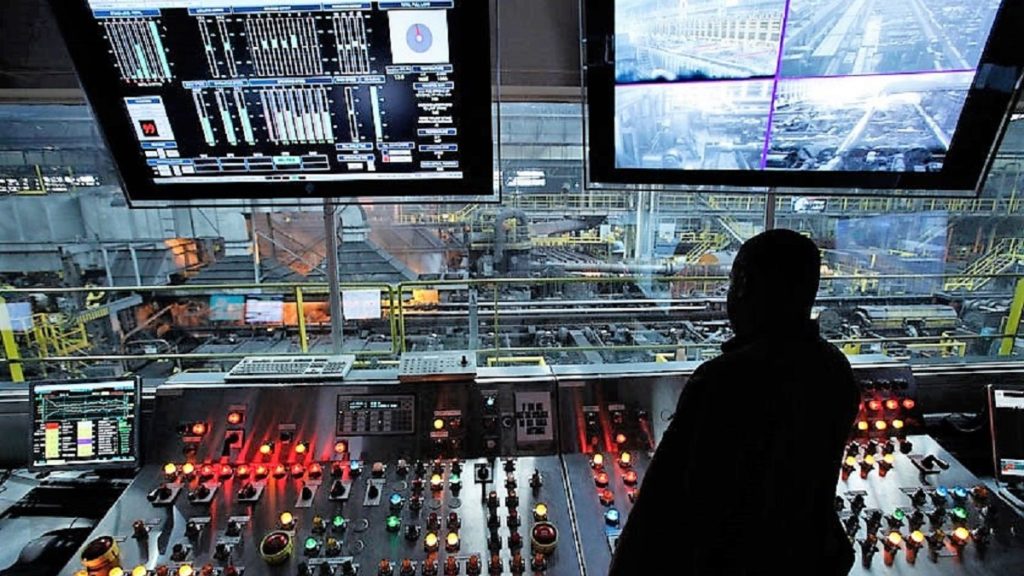
United States Steel Corp.’s plans to invest $215 million to install a technologically advanced electric arc furnace at Fairfield Works is expected to provide a boost to Alabama’s steelmaking industry in its historic home. U.S. Steel had initiated construction of the EAF at its Tubular Operations in Fairfield in March 2015 but suspended construction in December 2015 because of unfavorable market conditions. The project’s revival means the addition of 150 jobs at the Jefferson County facility. The company said the EAF will have an annual capacity of 1.6 million tons. “This puts Birmingham back on the map in the steel industry, which is a backbone of our region,” said Mark Brown, vice president of Business Retention and Expansion at the Birmingham Business Alliance. “The sustainable technology that will be used in the EAF will solidify Birmingham’s future in the industry for years to come. “U.S. Steel’s investment will have a monumental impact and will drive future growth for our region,” he added. U.S. Steel CEO David Burritt cited improved market conditions, President Donald Trump’s strong trade actions, support from the United Steelworkers and incentives from the State of Alabama and the Jefferson County Commission as reasons for the project’s revival. “This investment is an important step to improve our cost structure and positions our tubular business to win over the long term,” Burritt said. “We are committed to investing in the sustainable steel technology required to be a value-added tubular solutions provider for our customers.” AIDT support AIDT, the state’s primary workforce development agency, agreed to provide recruitment, pre-employment training and certain post-employment training support for the expected 150 new employees at U.S. Steel’s Fairfield Works. The AIDT commitment is estimated at nearly $1.4 million, according to data from the Alabama Department of Commerce. The BBA said U.S. Steel employs 750 in Fairfield and expects to add the 150 new jobs by 2020, bringing the total employee count to 900. The project will provide a lift to employment in Alabama’s steelmaking industry. Primary metals manufacturing jobs in Alabama stood at around 23,000 in October 1997. Today, the figure is just over 17,000, after adding 3,000 jobs since mid-2009. In Birmingham, primary manufacturing employment is around 5,500, up slightly since late 2016 but down over the long term, according to data from the St. Louis Federal Reserve. U.S. Steel has been making steel in Birmingham for more than 100 years. Construction on the EAF is expected to begin immediately, the company said, and the furnace is expected to produce steel rounds by late 2020, according to the BBA. This story originally appeared on the Alabama Department of Commerce’s Made in Alabama website. Republished with permission from the Alabama NewsCenter.
Kemira investing $71 million to expand Alabama operation, creating 20 jobs

Finland-based Kemira announced it is investing $70.8 million to expand production at its Mobile facility. The company is a polymer producer serving the pulp and paper, oil and gas, and water treatment industries. The project will create an additional 20 jobs, growing Kemira’s Mobile workforce by 32 percent, to handle new process operations, increased logistics and the support functions at the site. “For Kemira this investment is an important step toward the growth objectives outlined in our strategy. It also secures our position as a leading global polymer producer and demonstrates our continued commitment to the oil and gas industry,” said Pedro Materan, senior vice president, Oil & Gas, at Kemira. Richard Ryder, Kemira’s Mobile plant manager, said construction will begin this year and the expanded plant will be operational in 2021. “We are expanding on our current footprint and will significantly increase production to meet our customers’ demand in the oil and gas industry,” Ryder said. ‘Renewing a relationship’ The existing site first opened in 1938, initially focused on the area’s lumber and pulp and paper businesses. Over time, Kemira said, the site began serving the wider industrial water treatment industry and, more recently, the oil and gas industry. Kemira utilizes chemistry to add optimal quality, functionality and strength to paper and board products, ensure the safety and hygiene of water and food packaging, and maximize yield from energy resources. Mobile is one of three Kemira facilities in the U.S., with others in Columbus, Georgia, and Aberdeen, Mississippi. Kemira’s parent company, Kemira Oyj, is based in Helsinki, Finland, with its Americas headquarters in Atlanta. “There has been significant growth in the area’s manufacturing and chemical sectors, whose companies historically and continue to provide high-paying jobs for our community,” said Shelby Glover, the Mobile Area Chamber’s senior project manager of economic development. “I look forward to seeing what the future holds for Kemira as they continue to excel in Mobile,” Local officials welcomed Kemira’s decision to expand its Mobile operation. “This expansion by Kemira is about more than just jobs – it’s about a global company reinvesting in our city and renewing a relationship that dates back more than 80 years. When existing businesses are thriving in combination with new jobs and investment, that’s a winning formula,” Mobile Mayor Sandy Stimpson said. “We are very excited about Kemira’s decision to expand operations in Mobile County to meet customer demand. Their additional $70 million capital investment and 20 jobs further demonstrates Mobile’s growing attraction for foreign direct investment,” said Mobile County Commission President Connie Hudson. Republished with permission from Alabama NewsCenter
Report: Poverty and crime put 5 Alabama cities on list of 50 worst places to live

A list of the 50 worst cities in America to live in has been compiled by 24/7 Wall Street, and five Alabama cities have made the list. 24/7 is a web based news source which according to their website that has seen articles “republished by many of the largest news sites and portals, including MSN Money, Yahoo! Finance, MarketWatch, Time.com, USAToday, and The Huffington Post”. According to the study’s authors the list was determined metrics that rank “high crime rates, widespread poverty, weak job markets, and little in the way of entertainment options or cultural attractions.” California had the most cities on the list with ten. You can view the entire methodology here. Lowest on the list is Arab, located in Marshall County. With a population of around 8,200, the poverty rate is more than 17 percent. With 549 violent crimes per 100,000 people, it is in the top 25 percent of cities for that measure.That is more than double the national average. 24/7 Wall Street says “Few U.S. cities are shedding jobs faster than the northern Alabama city of Arab. In the last five years, the number of people working in the city declined by 9.8%, even as employment across the U.S. as a whole climbed by 6.1%.” Next is Fairfield, which comes in just one place higher, at 34th. Part of the Birmingham metropolitan area, Fairfield has a population of nearly 11,000 with just over 25 percent living below the poverty line. Their violent crime rate of 1,905 per 100,000 people puts them in the top 10 percent, while the median home value of $96,000 puts that in the bottom 25 percent. Like Arab, unemployment is a major problem. While national unemployment is 4.1 percent, Fairfield comes in at 7 percent. Pritchard ranks 12th on the list. A key factor in this is job loss, losing 17 percent of their jobs in the last five years, one of the highest rates in the country. Over that same period, employment nationally went up 6.1 percent. Perhaps because of this job loss, the median salary in Pritchard is $25,000 (less than half of the U.S. median), and their population dropped by 3.4 percent. Pritchard’s poverty rate (35.1 percent) and violent crime rate (1,826 per 100,000) are in the top 10 percent nationwide and the median home value ($67,400) is in the bottom ten percent. Anniston comes in at ninth place. Anniston has the most violent crimes per 100,000 people (3,434) of any city in the country, 24/7 Wall Street reports. The poverty rate of nearly 30 percent is in the top ten percent nationally, and the city’s population has declined nearly five percent in the last five years. At the same time, the number of people working within that city is just over 10 percent. Coming in as the sixth worst city in America in which to live, and the worst in Alabama, is Bessemer. Just behind Anniston, Bessemer comes in second for violent crimes per 100,000 people (2,986) according to 24/7 Wall Street. “Nearly 30% of residents live in poverty, and more than one in three residents have low access to grocery store or super markets. The typical Bessemer home earns less than $32,000 a year, well below the U.S. median annual household income of $57,652,” the site reads. Changes on the way? Things could be changing. Gov. Kay Ivey has made workforce development a key initiative, and companies and government entities are moving into Alabama or expanding, bringing tens of thousands of jobs with them. Ivey won the Business Council of Alabama‘s (BCA) 2018 Chairman’s Award for pro-business initiatives which had, at that time, already brought an $8 billion investment and 16,000 jobs to the state. “Governor Ivey’s support of a thriving business climate has been key to landing coveted economic projects including the new Toyota-Mazda plant and its 4,000 anticipated jobs to north Alabama,” said BCA chairman Gary Hand. “Governor Ivey supports a business environment which grows tech companies and she continues to be a strong recruiter of companies in the automotive, aviation, and aerospace sectors.”
Confidentiality, infrastructure key targets for Alabama economic developers
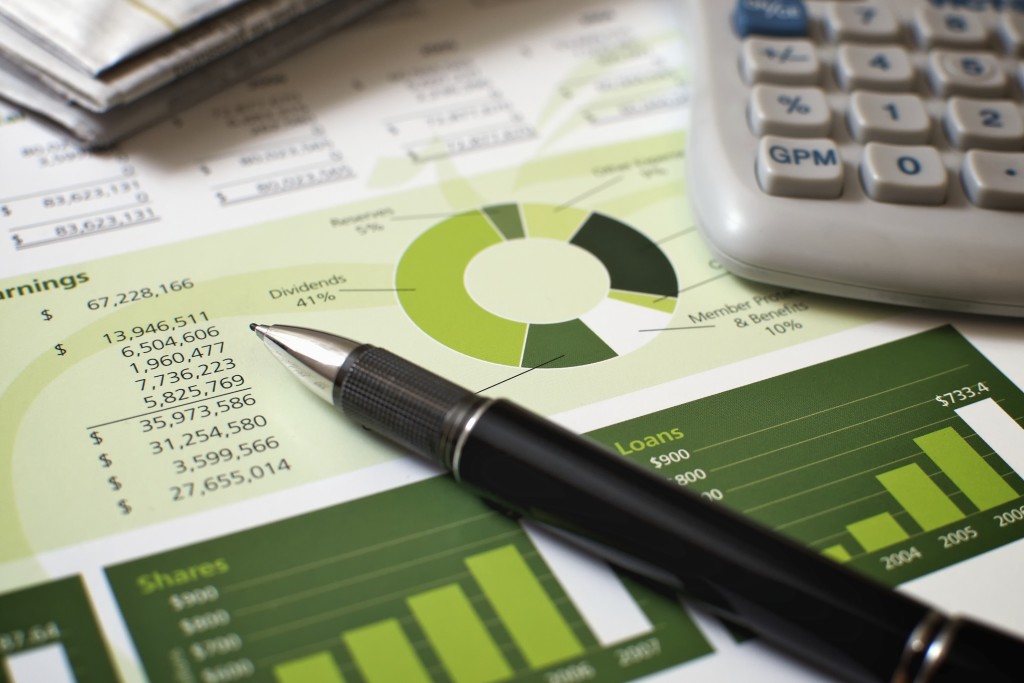
Alabama’s economic developers say they will support two legislative measures this year that will address significant issues that affect recruitment and retention of industry in the state. Most pressing is a bill to prevent site consultants from having to register as lobbyists under the state’s ethics laws. A bill was passed in the final hours of last year’s session offered this exemption for one year, but it is scheduled to sunset April 1. Alabama Commerce Secretary Greg Canfield said ethics are important to everyone in economic development, but site consultants must operate with a degree of confidentiality. Not offering that degree of secrecy early in the process will prevent Alabama from being considered for most major projects, he said. “Confidentiality, particularly in the earliest stages of economic development and working projects, remains important,” Canfield said. “It’s a competitive world out there. Companies, for a variety of reasons, don’t want the world to know when they’re thinking about investing in a new location. There are lots of reasons for that, but the main thing is they don’t want their competitors to know what they are doing.” Jim Searcy, executive director of the Economic Development Association of Alabama, said often a site search will not lead to a project coming to fruition. Making the initial search public would not be prudent. “They don’t want to create undue issues or undue concerns for their existing industries or for their existing workforce,” Searcy said. “They’ve got a responsibility to stockholders that they cannot disclose some things that could impact their stock price.” The EDAA announced its priorities for the upcoming legislative session at its winter conference in Hoover this week. The 2019 legislative session begins March 5. (Read more from Canfield at the conference here and from Gov. Kay Ivey at the conference here.) Canfield said not being able to guarantee confidentiality will put the state at a competitive disadvantage. “We’ve been very successful in maintaining that degree of confidentiality,” he said. “We’ve won our fair share of projects. We want to win more. But in order to do that, we’ve got to continue to try to protect the privacy and the confidentiality so that we can move forward with new projects in time.” Even though confidentiality is crucial at the early stages of a project, Searcy said information is eventually made public when a project is announced. “Once the project progresses, once they announce, all of the incentives, all of the development agreements are public information,” he said. “So, there is nothing you can’t find out about what was the incentive or the development agreement – what that entails for the state’s investment and what the company is going to do.” Another proposal the economic development community is supporting is an increase in the gas tax to support infrastructure improvements in the state. “We’ve had great success in bringing great companies into the state,” Canfield said. “That, in turn, means that there’s an awful lot of products and goods and supplies and raw materials that have to flow in and out of our state. We’ve got to be able to accommodate that by having the best roads and bridges we can.” Searcy said apart from workforce, infrastructure is the greatest concern companies have when considering sites in the state. “We’ve been very neglectful in the state for decades and it is starting to impact companies’ consideration of Alabama as a location,” Searcy said. “Until we can show a plan and the resources to execute that plan, then I think we are going to be at a disadvantage in the economic development process.” Republished with permission from Alabama Newscenter
Bradley Byrne: Water infrastructure vital to Alabama’s economy
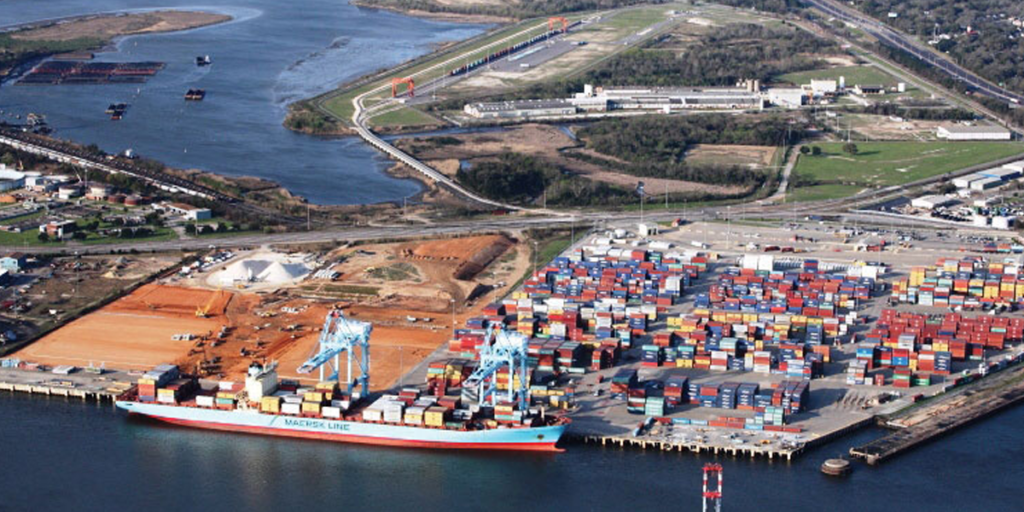
There are very few places in the United States that can boast the sort of diverse infrastructure we have here in Alabama. There are 11 interstates, over 3,000 miles of freight rail, 5 commercial airports, and more than 132,000 miles of rivers and stream channels in our state. One of our state’s most important pieces of infrastructure is the Port of Mobile, the 10th largest port and fastest growing container terminal in the United States. With 41 berths, 5 million square feet of warehouses and yards, and covering 4,000 total acres, it has an economic impact of around 135,000 jobs in Southwest Alabama and generates more than $22 billion per year in economic value. Recent expansions and developments at the Port will only further grow the economic impact of the Port on not only Southwest Alabama but our entire state. For example, the recent announcement about a new roll-on/roll-off vehicle processing facility at the Port will help our state’s automotive manufacturing industry continue to grow. Even with these impressive facts, it has been clear that our infrastructure throughout the country is in need of updates, repairs, and overhauls to ensure that we are at the cutting edge of transportation and innovation in order to compete economically on the world stage. Last week, in a major bipartisan effort, Congress sent a piece of legislation to President Trump’s desk that will help to unlock the full economic potential of our region and state. America’s Water Infrastructure Act of 2018 passed the Senate last week, after passing out of the House a few weeks back. This bill authorizes funding for waterway projects, port improvement projects, and other important water infrastructure projects in all 50 states. Not only will this allow for much-needed infrastructure improvements, but the bill reinstates a “Buy America” provision for federally funded projects, meaning a boost for American steel producers. Commonsense legislation like this will create jobs, incentivize the use of American-made products, and build our nation’s capabilities to produce, package, and transport goods all around the globe. It will also make our drinking water safer, improve our wastewater systems, combat algae blooms, and restore our nation’s beaches through grant programs. The Army Corps of Engineers can move forward on improving our dams, locks, reservoirs, and shipping channels. We have a major Army Corps project that needs attention right here in Southwest Alabama. The project to deepen and widen the Mobile Bay Ship Channel has the ability to fundamentally alter the economic potential of the Port and create more jobs in our state. Senator Richard Shelby has long been a champion for this project, and I am committed to working with him to make it a reality. Our shipyards, airports, and rail yards will all see an impact from waterway projects like this, and I am thankful to the members of the Senate and my colleagues in the House for passing this water infrastructure legislation to help propel Alabama even further into the 21st Century. The future of Alabama rests upon our ability to look beyond the short term and into what will set us up for success for years to come. Focusing locally on important infrastructure projects will spur economic growth through business investment and job creation, and it will open up opportunities we don’t even know exist yet. Investing in our infrastructure today will lead to a stronger tomorrow. I applaud the work of my colleagues in both the House and the Senate in making a better economic future possible through this vital water infrastructure legislation. • • • Bradley Byrne is a member of U.S. Congress representing Alabama’s 1st Congressional District.
Bradley Byrne: Our booming economy

When you turn on the TV or log onto your computer these days, you are bombarded with negative news stories about the latest so-called scandal from Washington. I’ve said it before, but I believe it is so true: we need to tune out the noise from the national news media and look at what is actually happening. The U.S. military is being rebuilt, and our communities are becoming safer. But, nowhere is the positive direction of our country more apparent than when it comes to the economy. The American people are thriving under a strong economy that is providing promising opportunities for American families. Thanks to lower taxes, fewer regulations, a stronger focus on fair trade, and a less invasive federal government, the American economy is truly booming. Just consider some of the numbers. The August jobs report found that 201,000 new jobs were created in the United States and the unemployment rate sits at a low 3.9 percent. At the same time, the report found that wages increased at the best rate since 2009. The number of Americans filing for unemployment benefits is at the lowest point in almost 49-years. Surveys have found that consumer confidence has reached its highest level since October 2000. And, second quarter growth of the gross domestic product (GDP) increased to 4.2 percent, the best performance in nearly ten years. The economic gains are also reaching populations that have generally lagged behind during other economic booms. For example, youth unemployment has hit the lowest level in 52-years. The unemployment rates for African Americans and Hispanics are also at or near record lows. Here in Alabama, we are experiencing the lowest unemployment rate in our state’s history. New businesses continue to locate in our area, and Alabama workers are seeing more money in their pockets. Right here in Southwest Alabama, our communities are experiencing economic growth, and the growth is not just confined to the larger cities. For example, I recently visited Provalus in Brewton. This is a high-tech company bringing good-paying jobs to the people in Escambia County. I also stopped by Sterling Packaging in Monroeville recently. This company moved from Canada to Monroe County due to our great economic climate and a dedicated workforce. These are just two examples from rural Alabama where new businesses are opening and providing opportunities for Alabama families. The economic gains show that our conservative, pro-growth policies are working, but there are other priorities we must address to ensure we continue to grow and create opportunities for Americans. Health care remains at the top of the list. We need to make sure our health care system works and is affordable for Americans. Here in Alabama, a top health care priority that directly impacts the economy is saving our rural hospitals. Without a hospital, communities won’t be able to attract new industry. Also on the list is passing a new Farm Bill that supports our farmers. Agriculture remains the top industry in Alabama, so having a strong, fair Farm Bill is so very important. A big part of the Farm Bill this year is a focus on expanding rural broadband. This is vital to the economic success of rural America. We know the government does not create jobs, but we can help promote job growth with the right policies. These are just a few tangible ways we can keep our foot on the gas and fully unleash our economic potential. At the end of the day, we should not let some talking head on television tell us how terrible our country is today. Instead, simply look at the facts about the booming American economy. • • • Bradley Byrne is a member of U.S. Congress representing Alabama’s 1st Congressional District.


